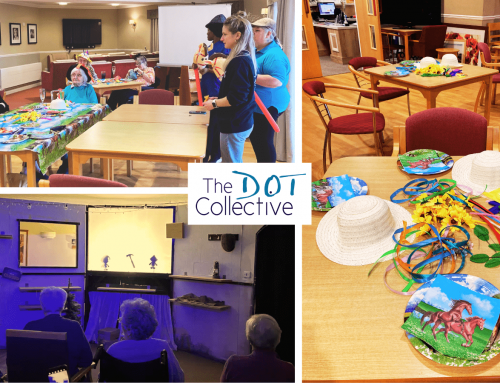In the world of medical education, events are more than just gatherings—they are vital platforms for knowledge dissemination, skill enhancement, and professional development. Whether it’s a CPD-accredited seminar, a clinical symposium, or a hands-on workshop, organisers are under increasing pressure to prove the value and effectiveness of their events—not just anecdotally, but with hard data.
Medical professionals are busy, sponsors are strategic, and money is tight. For your event to maintain relevance, attract funding, and provide value to attendees, you must show:
- Educational effectiveness
- Engagement quality
- Operational efficiency
- Financial viability
So how do you measure success in a space where impact goes far beyond ticket sales? The answer lies in smart data collection and a clear framework for calculating return on investment (ROI). Here’s how you can do it:
-
Define ROI Beyond Revenue
In medical education, ROI should include:
- Knowledge Retention: How well did attendees absorb the material?
- Clinical Impact: Are HCP’s likely to change their practice based on what they learned?
- Accreditation Value: Did the event meet educational standards?
- Networking Outcomes: Did it foster new collaborations or referrals?
- Satisfaction & Loyalty: Will attendees return or recommend the event?
A comprehensive ROI analysis connects these dots—not just how much you earned, but how much value was created.
-
What Data Should You Be Collecting?
Here’s a breakdown of key metrics to track before, during, and after the event:
Pre-Event
- Registration demographics (specialty, job title, geographic location)
- Learning objectives per attendee
- Marketing engagement (open/click-through rates)
During the Event
- Session attendance
- Polling/quiz results (for knowledge retention)
- CME credit tracking
- Engagement via Q&A, live chat, or breakout rooms
- App or platform usage data
Post-Event
- Surveys on satisfaction, content relevance, and speaker quality
- Follow-up assessments to measure learning retention
- Repeat registration rates for future events
-
Tools to Help You Track and Analyse
To streamline data collection, consider using tools like:
- Comprehensive Registration site for attendee analytics
- Audience response systems like Slido or Mentimeter for live interaction data
- Survey tools like SurveyMonkey for post-event feedback
Data is only useful if you can interpret it – so thinking about the outcomes you want from the outset is critical.
-
Presenting the Data to Stakeholders
Data is only as powerful as how it’s communicated. Present your findings in ways that matter to each stakeholder and can shape future events:
- For sponsors: Lead generation, impressions, exhibition stand traffic
- For CME accrediting bodies: Educational effectiveness, participation rates
- For internal leadership: Cost-effectiveness, engagement metrics, growth trends
- For attendees: Certificates, session feedback, networking opportunities
Use dashboards, infographics, and short post-event reports to make the data digestible and impactful.
Final Thoughts: Make Data a Continuous Loop
The best-performing medical education events don’t just gather data—they act on it. Use insights to:
- Refine content and session formats
- Personalize learning paths
- Improve logistics
- Secure future sponsors
- Prove long-term clinical impact
With the right metrics and mindset, event data becomes your most powerful tool—not just to justify your budget, but to elevate your outcomes year over year.
Daisy Colagiovanni
May Blog 2025
For more information on CFS Events’ Event Management Services, please click here or email robyn@cfsevents.co.uk.
#ProfessionalEvents #AssociationEvents #MedicalConferences #MedicalEventPlanning #EventPlanningTips #EventsIndustry #MedicalEventManagement #ProfessionalMeetings #ROI #results




